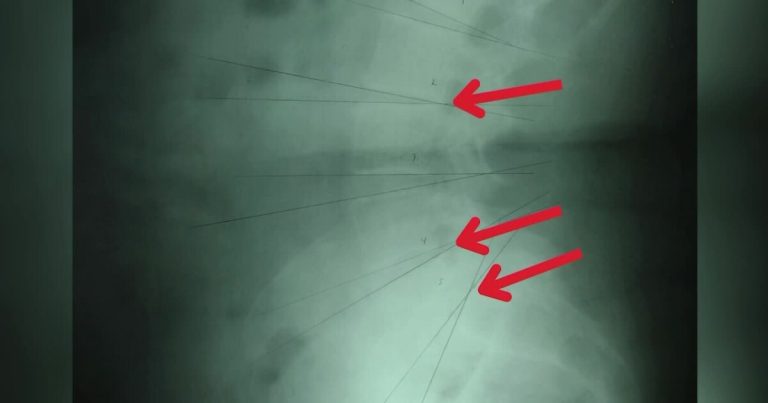Neck pain is common and it’s not hard to understand why when you consider the anatomy of the human body. The neck is made up of a small group of muscles whose primary purpose is to support and hold the head. The head can weigh between 10 and 16 pounds, which is about the same as a bowling-ball.
Imagine holding a ball of bowling all day. It is only natural that your muscles would get tired. Imagine holding the bowling ball slightly above your head and in front of your shoulder. If you tried to maintain that position (which mimics our poor posture when the neck moves ahead of the shoulders), then you would notice a lot of tension in your neck and upper back.
Poor posture is a major cause of neck pain, especially in the age of smartphones, tablets, and computers. When we sit or stand correctly, the ear should align with the center of the shoulder. When the ear moves ahead of the shoulder (such as when you look downward), it puts strain on the muscles and increases stress on the neck and spine.
Poor posture can cause nerve pressure, constricted blood vessels, and disc problems. Slouching can also result in 30% less oxygen intake. This leads to fatigue and poor energy.
Improved posture can relieve neck and back discomfort, and make us look younger. Adopting a posture that is upright can also improve mood and self-esteem. This allows people to better manage stress.
Use a wall or door as a guide to practice good posture. Place your heels and your head back against the wall. All of your ear, shoulder and hip joints, as well as your knee, ankle, and foot, should be aligned. Once you step away, maintain this posture. Your muscles may feel awkward because they have become accustomed with poor posture. However, the more you practice, the more natural this alignment will become.
Here are some more simple solutions for common posture issues that can lead to neck pain.
- Sleep position. The worst sleeping position for your neck and spine is on your stomach. The best sleeping positions are on your side, with both knees bent. (Some people put a cushion between their knees.) Or on your back, with a cushion under your knees. You should use a pillow to support your neck when you sleep. It is important to keep your head level when lying on your side. The spine should be aligned properly, and the head should not tilt up or down. If you’re lying on your back, the chin should be in neutral position.
- Slouching. Many people sit in this position because they find it more comfortable. In this position, your muscles are not working as hard but your discs, nerves, and back and neck muscles are. You must correct this by learning to sit up straight and adjusting your posture. Exercises that can help improve your posture include core exercises, back extension exercises, and exercises to strengthen your buttocks/glutes. Bridges, planks and back extensions are all helpful.
- “Text neck” or Hunched Back. This posture is caused by long periods of sitting at a laptop, tablet, or mobile phone. This posture can also be developed by those who spend long periods of time reading, doing quilting or any other work that requires them to look down. This posture can lead to tight chest muscles, weak upper-back muscles and a forward-facing head posture. Stretching the neck and chest muscles daily will help correct this posture. Try these exercises to strengthen your upper back and neck muscles.
- Neck range-of-motion exercises. Slowly rotate your head from left side to right, looking at each shoulder. Do this 10 times each way. Next, tilt your ear towards your left shoulder, and then toward your right shoulder. Do this 10 times, slowly, on each side. You can also slowly rotate your chin towards your armpit in addition to tilting the head toward your shoulder to increase neck stretch. Then, rotate your chin upwards to stretch the front and back of the neck. Then, jut forward your chin and then tuck it backwards (like a turtle). Do this 10 times each way.
- Stretch your chest Stand at an open doorway, and grab the doorframes on both sides. Holding on to the doorframe, lean forward. This will help you stretch your chest muscles.
- Rowing machine exercise with good form. This will strengthen your back muscles as well as the rear shoulder muscles, reducing the hunched-back posture.
Sit up straight, stop slouching, and use the exercises recommended. The more you practice good postural habits, the easier it will be to maintain. This will help you get rid of neck pain.
Pathways to Healing is a holistic chiropractic clinic. Dr. Alyssa uses a variety techniques to help clients achieve optimal health and wellness. These include chiropractic, kinesiology and nutrition, food allergy tests and lifestyle counseling. Pathways to Healing can be found at 1022 Founders Row in Lake Oconee Village in Greensboro. The office can be contacted at 706-454-2040.

